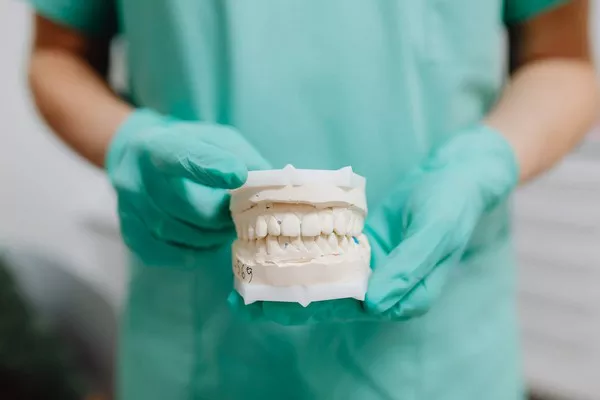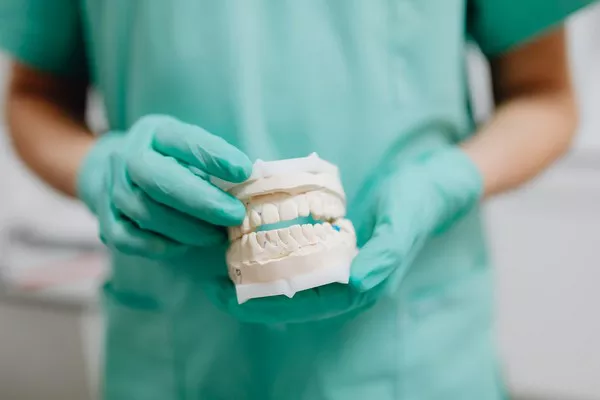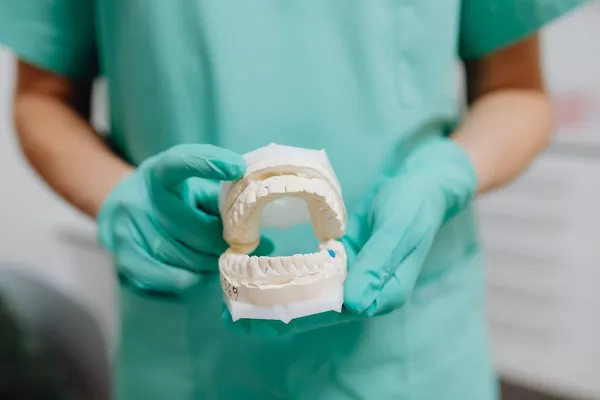Maintaining good oral health is crucial for a beautiful smile and overall well-being. When cavities form, dental fillings become necessary to restore the affected tooth‘s structure and functionality. While there are various types of dental fillings available, white tooth fillings have gained popularity due to their aesthetic appeal. If you’re considering this option and wondering about the cost implications, it’s essential to understand the factors that influence the price and the potential benefits they offer. In this comprehensive guide, we will delve into the cost factors associated with white tooth fillings and discuss how they compare to other filling materials.
1. Understanding White Tooth Fillings
White tooth fillings, also known as composite fillings or tooth-colored fillings, are made from a mixture of resin and fine glass particles. They are custom-made to match the color of your natural teeth, providing a more aesthetically pleasing result compared to traditional silver amalgam fillings. Not only do white tooth fillings blend seamlessly with your existing teeth, but they also bond directly to the tooth structure, resulting in a stronger restoration.
2. Factors Influencing the Cost
Several factors determine the cost of white tooth fillings. Understanding these factors will help you gain insight into why prices may vary:
Geographic Location:
Dental costs can vary significantly based on your location. Urban areas and regions with higher living costs generally have higher dental care fees than rural areas.
Extent of Decay:
The size and severity of the cavity play a significant role in determining the cost of a white tooth filling. Larger and deeper cavities require more extensive preparation and material, leading to higher costs.
Complexity of Placement:
The location of the cavity within the mouth can affect the complexity of the filling process. Teeth that are harder to access, such as molars, may require more time and effort to restore properly.
Dental Professional’s Expertise:
The experience and skill level of the dentist or dental professional performing the procedure can influence the cost. Highly skilled practitioners often charge higher fees due to their expertise and reputation.
Material Quality:
The quality and brand of the filling material used can impact the cost. Premium materials tend to be more expensive but offer enhanced durability and aesthetics.
Dental Insurance Coverage:
If you have dental insurance, your plan may cover a portion of the cost of white tooth fillings. The amount covered will depend on your specific insurance policy, so it’s essential to review your coverage details beforehand.
3. Cost Comparison with Other Fillings
To make an informed decision about white tooth fillings, it’s important to compare their costs with other commonly used filling materials:
Silver Amalgam Fillings:
Traditional silver amalgam fillings are less expensive than white tooth fillings. However, they are more noticeable because of their dark color, which can detract from the appearance of your smile.
Gold Fillings:
Gold fillings are among the most durable and long-lasting options available. However, they are considerably more expensive than white tooth fillings due to the high cost of gold material and the complexity of the placement process.
Ceramic Fillings:
Ceramic fillings, also known as porcelain fillings, offer excellent aesthetics and durability. They are comparable in price to white tooth fillings, but the overall cost may vary depending on the specific ceramic material used.
4. Average Costs of White Tooth Fillings
The cost of white tooth fillings can range from $150 to $450 per tooth, depending on the factors mentioned above. On average, you can expect to pay around $250 per filling. However, it’s important to note that these figures are approximate and may vary significantly based on your location and the complexity of the procedure.
5. Additional Considerations
When considering the cost of white tooth fillings, it’s crucial to keep in mind the long-term benefits they offer. While white tooth fillings may be more expensive upfront compared to other options, their aesthetic appeal, durability, and ability to bond directly with the tooth structure make them an attractive choice for many patients.
Conclusion
White tooth fillings provide an excellent alternative to traditional silver amalgam fillings, offering both functional restoration and enhanced aesthetics. While they may incur higher costs, the benefits they offer make them a worthwhile investment in your oral health and overall confidence. By understanding the factors influencing the cost of white tooth fillings and comparing them with other filling materials, you can make an informed decision about your dental care.
Remember, it’s essential to consult with a qualified dentist who can evaluate your specific needs and provide accurate pricing information based on your unique circumstances.
Related Topics:






























